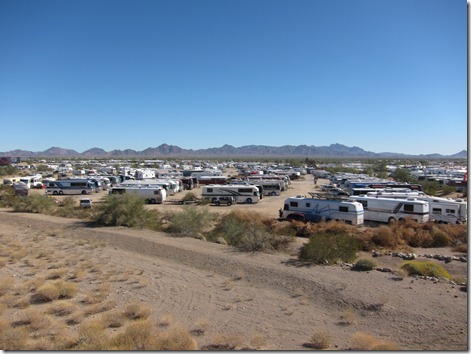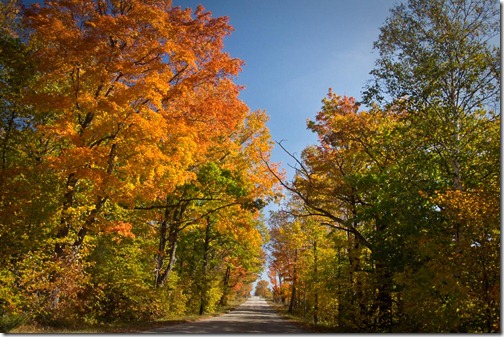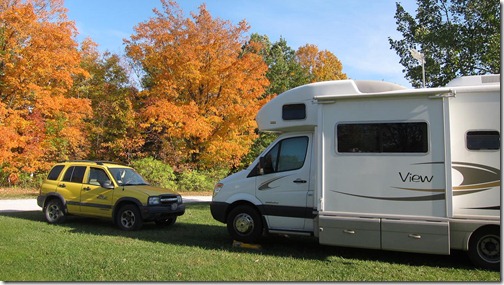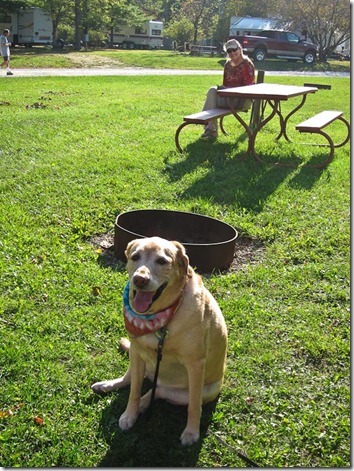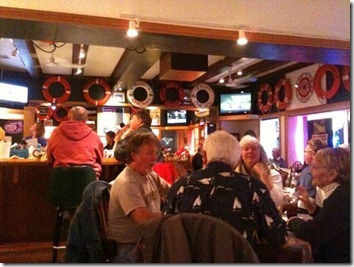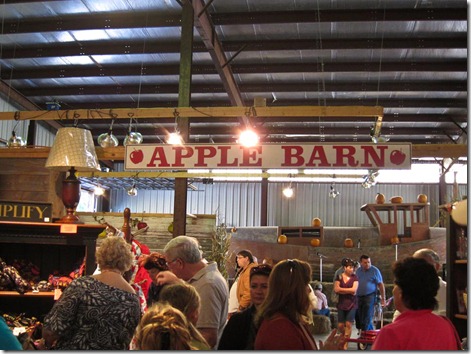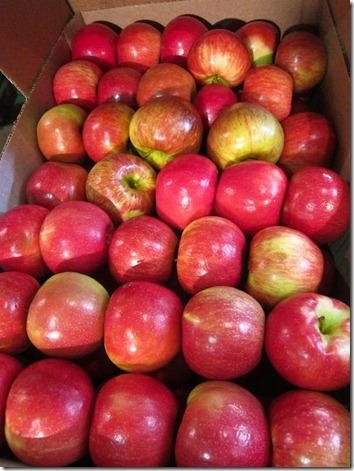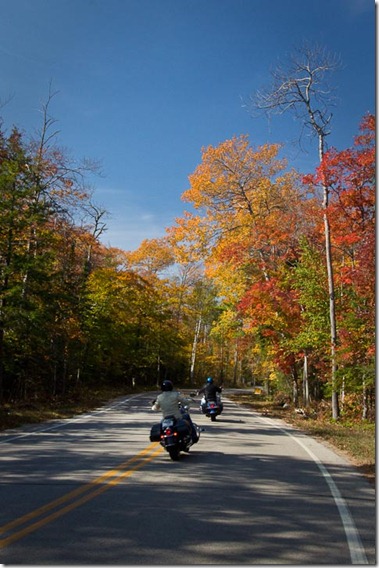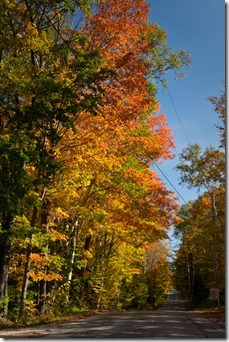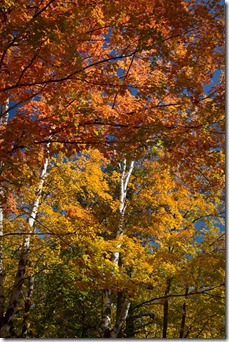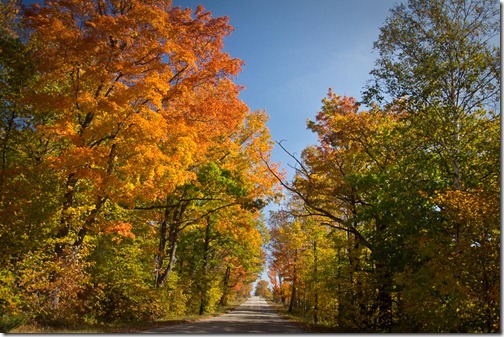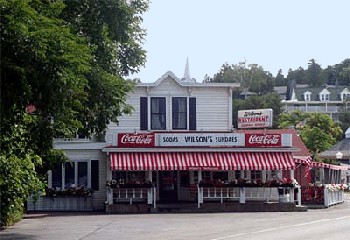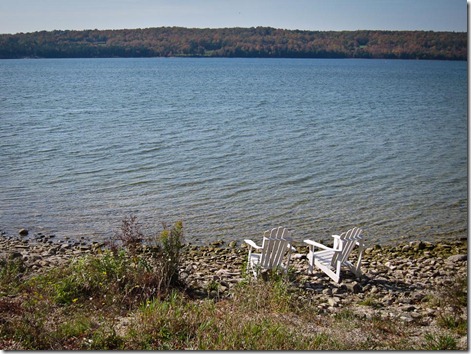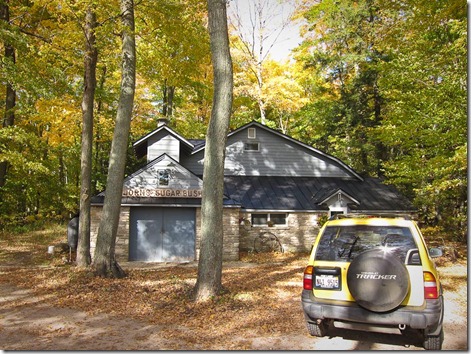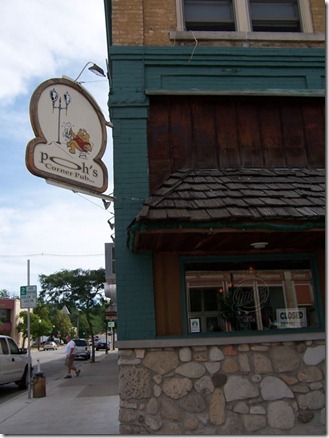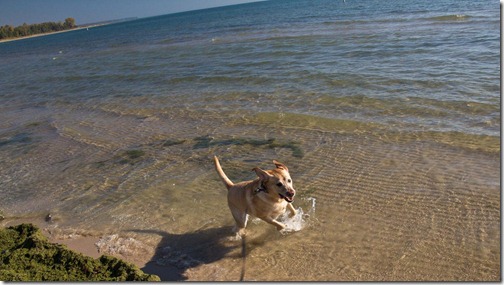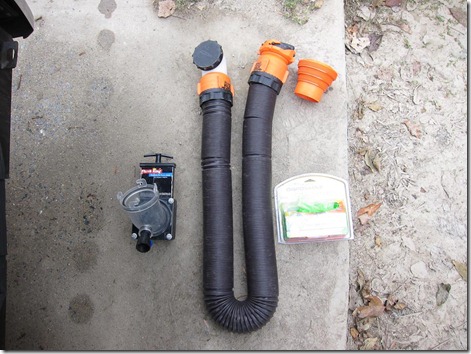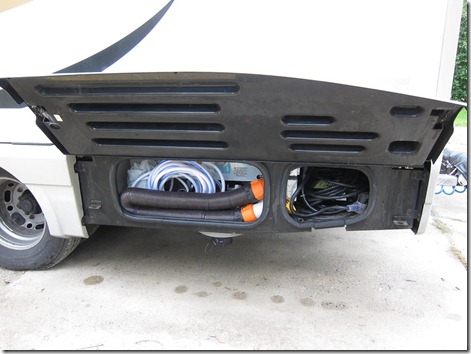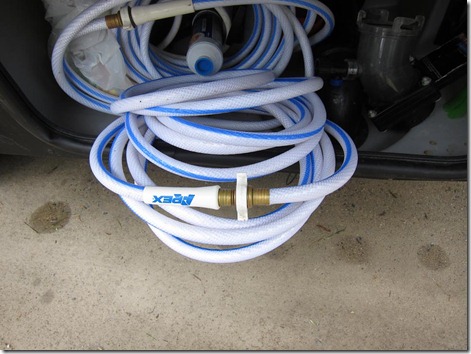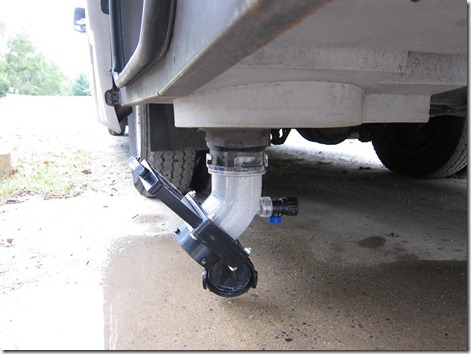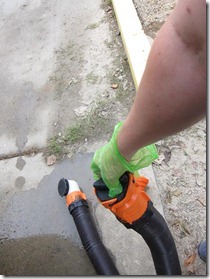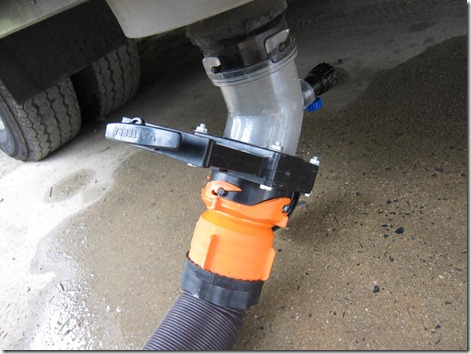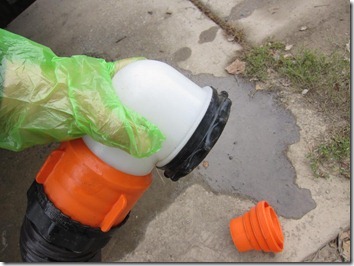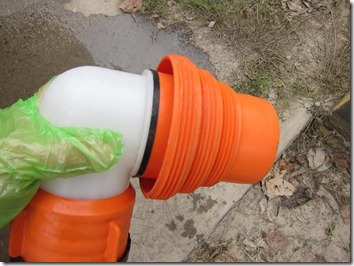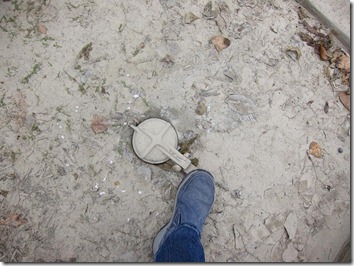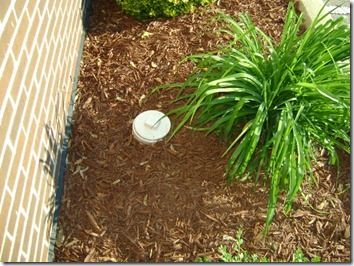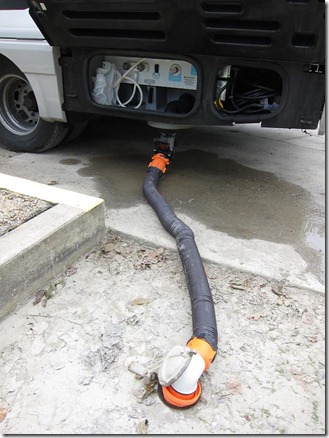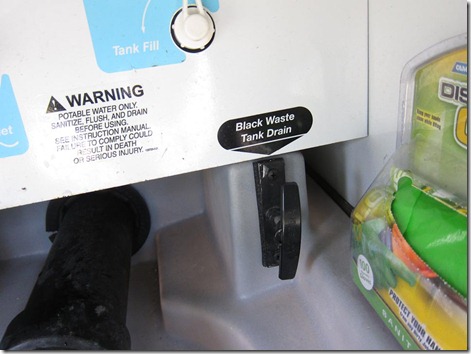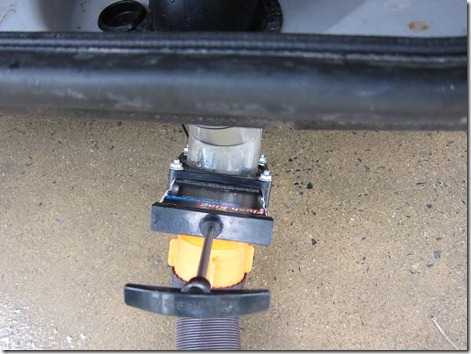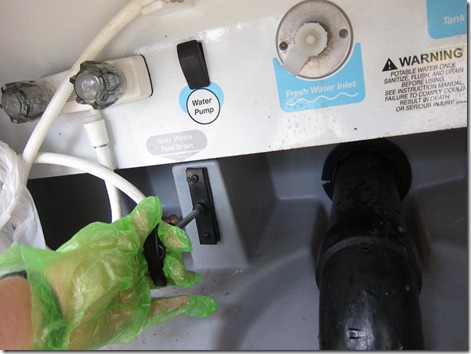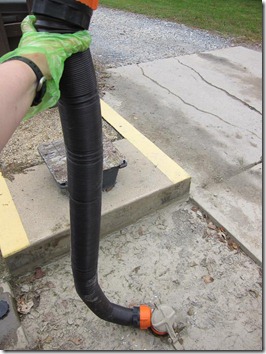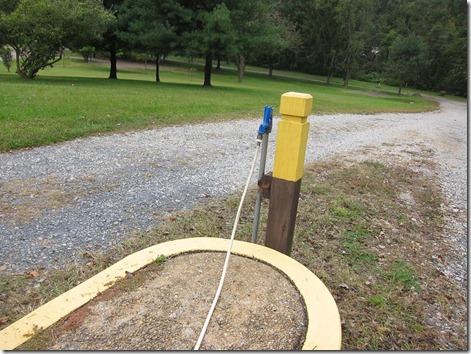Meeting Suzanne at the Hershey RV Show last month reminded me of just what an overwhelmingly difficult process it is to determine which RV is “the right one” to dump much of your life’s savings into. One of the salesmen told her that 90% of all 1st-time RV buyers end up with a different RV within 3 years. Unfortunately, he’s likely pretty correct.
It’s rarely possible to take a potential RV out for a few nights to “test it out” before buying, so unless a similar model is available as a rental, one usually must buy their RV without sleeping or living in it first, and without much of a test drive.
I’ve certainly been one of the salesman’s statistics. In 2004, after a summer of cold and rainy tent camping in Canada, I decided to buy my first RV. Meet my 1st RV-- a Starcraft 2406 pop-up tent camper!
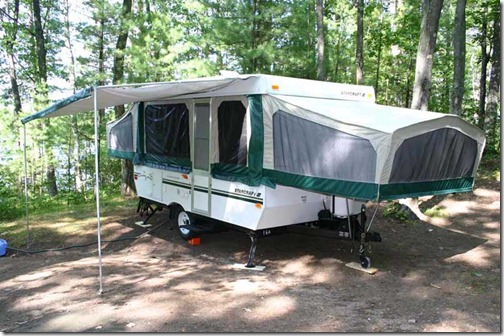
It was relatively inexpensive (under $10,000 new), was lightweight enough for my SUV to tow, and could sleep up to 6 people so I could bring lots of friends or family along. I loved the openness and all-around views it provided: 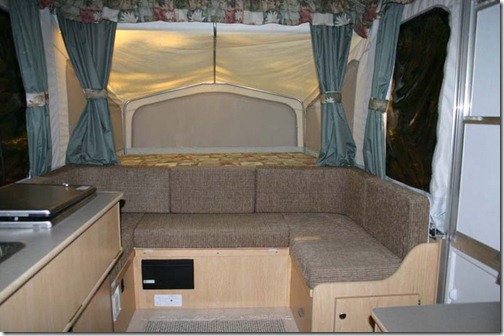 and loved the idea of having my own toilet/shower combo without having to be near a bathhouse.
and loved the idea of having my own toilet/shower combo without having to be near a bathhouse. 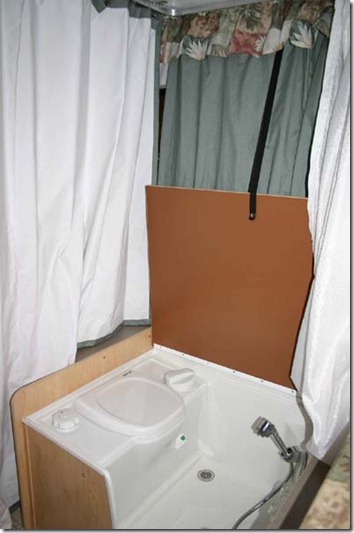
The first few trips with the new pop-up were great, but I soon began feeling like it wasn’t right for me. All the setup and tear down took a lot of time (and was miserable to do in the rain), there was very little storage available when it was in travel mode (and no way to access the fridge or bath when the roof was down).
You also had to take your shoes off every time you used the toilet unless you wanted mud and scratches on the wet bath floor. The 20 gallon water tank (and no built-in gray tank), meant that using the shower was cumbersome (and insufficient if more than 1 or 2 people were needing it over the weekend). Towing was also not a very pleasurable experience—the camper swayed excessively if I ever drove above 60 mph, and my electric brake controller would either brake way too much or way too little.
Finally, it was not an ideal RV for the colder climates I liked to camp in—true, it was warmer than a tent, but if the outside temps dropped below 50F, the furnace had to cycle on/off almost constantly all night long to attempt to keep warm air inside the drafty tent walls. Friends and family came along for a couple of trips, but it was usually just me camping in it, so it also felt bit too big for just me.
But the deciding factor to trade it came one night while camping in a rather deserted campground in rural Kentucky. A group of hunters had gotten lost in the night and nearly walked right into my camper! It was an innocent mistake on their part, but the experience scared me half to death (imagine being awakened in the middle of the night to sounds of men and dogs, and seeing flashlights and gun barrels coming towards my bed…the only thing protecting me was the flimsy canvas and vinyl window, and a small steak knife I’d managed to pull out of the drawer when I hopped down onto the floor!).
After that experience, I decided that I wanted and needed a hard-sided trailer with a door that could lock (not only more peace of mind from lost hunters in the night, but better for camping in bear country where pop-ups were prohibited). But I still wanted something that could still be towable by my SUV, and something that could be expandable when I wished to bring guests along.
My dealer had just started carrying a line of super-cute teardrop trailers called the T@B, and I instantly fell in love with a T16Q model that my dealer gladly let me trade my pop-up for a few thousand dollars more.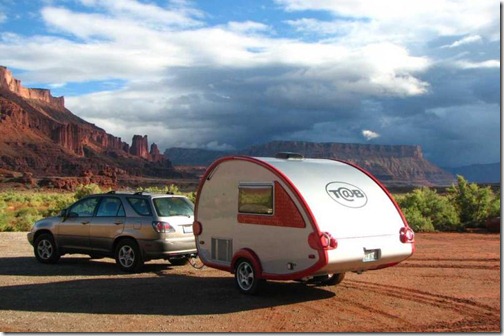
The T@B had a combination dinette/bed with a kitchen, large flip-out windows on 3 sides that provided great views of the outdoors, a porta-potti, and an air conditioner. It also had a terrific screen room tent attachment that could double the living space when needed for extra guests. It towed like a dream compared to the pop-up, and best of all, seemed to attract smiling, curious “T@B Gawkers” where ever we went!
As a weekend camper, it was a wonderful RV. I also loved the active owner community and met many folks at T@B rallies who continue to be good friends. When my first T@B was destroyed while being transported by a trucking firm cross-country in 2007, I replaced it with another nearly-identical unit and took many more great road trips around the country (see my T@B blog for chronicles of those adventures). 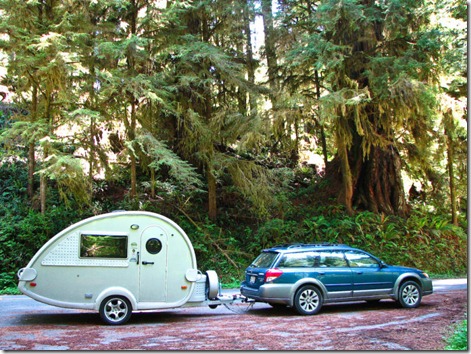
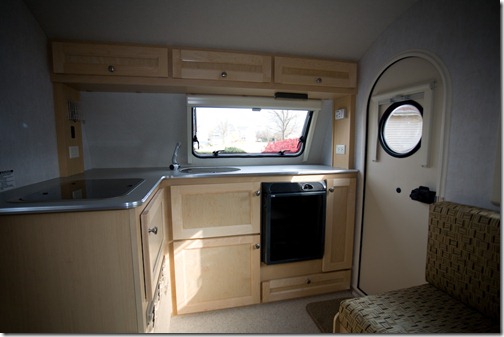
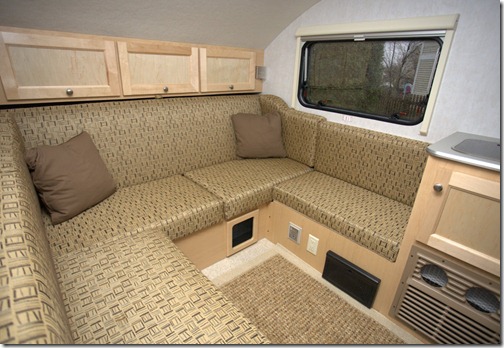
With improved 3G cellular service and campground wi-fi, I began working from the road during extended month-long T@B trips around the country. It was thrilling and liberating to be so mobile, and by 2009, I wanted to take even longer trips, and even try snowbirding all winter away from snowy Chicago. Only one problem-- the T@B was just not going to be comfortable or big enough for that long of a time period, and without a full bath and larger holding tanks, I’d be limited to just camping in RV parks with bathhouses. So I had a big expensive decision to make—get a motorhome, or trade my Subaru in for a pickup truck and buy a bigger trailer.
Of course you know which way I went on that decision! 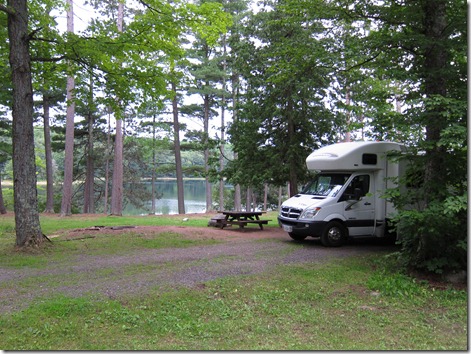
I had narrowed down my choices to a small motorhome or an Airstream trailer. I didn’t want a traditional “rectangular boxy RV” and wanted something as stylish as the T@B’s interior. I wanted something small enough to get into most campgrounds, but bigger and more comfortable than the T@B. Most importantly, I wanted a real bathroom with shower and large enough holding tanks to be useful.
I decided that, as neat as the Airstreams looked, I just didn’t want to have trade my car in for a big truck to pull one. I also didn’t want to struggle with towing and constant hitching/unhitching. So, I began focusing in on motorhomes.
In 2005, I had a wonderful week in Alaska renting a 25’ Class C motorhome from Great Alaskan Holidays. It was quite a luxury from my pop-up tent camper, not only for the onboard generator, but the ease of having an instant climate-controlled rest stop or diner whenever I happened to pull off the side of the road (bathrooms and restaurants in Alaska are far and few between!). I also loved being able to just drive right into a campsite, turn off the engine, open the door and be camping within 2 minutes…I could definitely get used to this!
I attended a few RV shows and visited a number of dealers. Class B van motorhomes looked the least intimidating, were certainly easy to drive and got great gas mileage. But the interiors, to me, felt even smaller and more cramped than my 12’ T@B! Most had tiny fridges and tiny holding tanks too, which would mean more trips to the grocery store and dump station—2 tasks I do not enjoy. Finally, most new Class B vans were more expensive than any Class C I looked at, so that ruled them out for me.
On the flip-side thought, Class Bs did seem to be the safest of all motorhomes though as they were built as strongly as a passenger van. Also, if I were focused on “stealth urban camping,” a Class B van would be at the top of the list as it most easily blends in well with other vehicles in any parking lot or residential street.
Class A motorhomes (the big rectangular boxes on wheels) or a Conversion Bus might one day be in my future as a full-time rig, but they just seemed was too big a leap and too cavernous to migrate to from my tiny, cozy T@B. These units certainly had all the comforts of home though, and tons of storage and holding tank capacity.
Finally, I focused in on 2 class C’s—the Winnebago View and the Winnebago Aspect. Both had different pros and cons, but either really could have worked. The Aspect was on a Ford gas engine chassis and had a bedroom in back but no cabover bed up front. The View had just the opposite and was on a shorter, narrower, Mercedes diesel chassis. In the end, I chose my View because it was a new prior-year model that was $20K cheaper than current-year Aspects, and had more external storage space than an Aspect.
I’ve now owned and lived in my View longer than any of my previous RVs. Is it perfect? No. I’d be lying if I didn’t tell you that after a few months on the road, I really do look forward to returning home to my real mattress bed, comfy recliner and sofa, big screen TV and fireplace. But for the “part-time full-timing” solo RVing trips I do right now, the View is about as close to perfect as I can get.
The ultimate “work from the road” benefit to a small motorhome versus a trailer, is the fact that I can easily move it. The best/fastest internet and cellular coverage is often closest to highways and towns, while the best campsites are at least a few miles away in the boonies. It’s nice to be able to work in town during the day, and then retreat back to a pretty site in the woods or on a lake when the day is done. It’s also nice to be able to easily drive to a dump station when holding tanks are full rather than have to deal with portable “blue boy” tanks or being restricted to only full hookup sites.
At 24 feet, the View has yet to find a camp site it could not fit into, and the narrow width and short wheelbase has been a blessing on every curvy mountain road, u-turn, or construction zone I’ve ever had to drive.
Is it a full-time home? My jury is still out about that one. It certainly is plenty comfortable for 1 or 2 people for a few months on the road, and I’ve read about a few dozen people who do indeed live full-time in their Views (i.e. no longer own permanent homes). But they either have had to make significant compromises in what they could bring along (due to limited 1,000 lb cargo carrying capacity), or have still had some kind of storage unit or park model trailer keeping all their comfy stuff and heirlooms for post-fulltiming.
As a solo RVer who still has a home base to return to, a small motorhome has been the most-perfect RV for me at this stage of my life….now if I could just get Millie to relax and enjoy the ride. The sofa is too bouncy to sleep on when rolling down the highway, and it’s hard for a dog to get her beauty rest!

